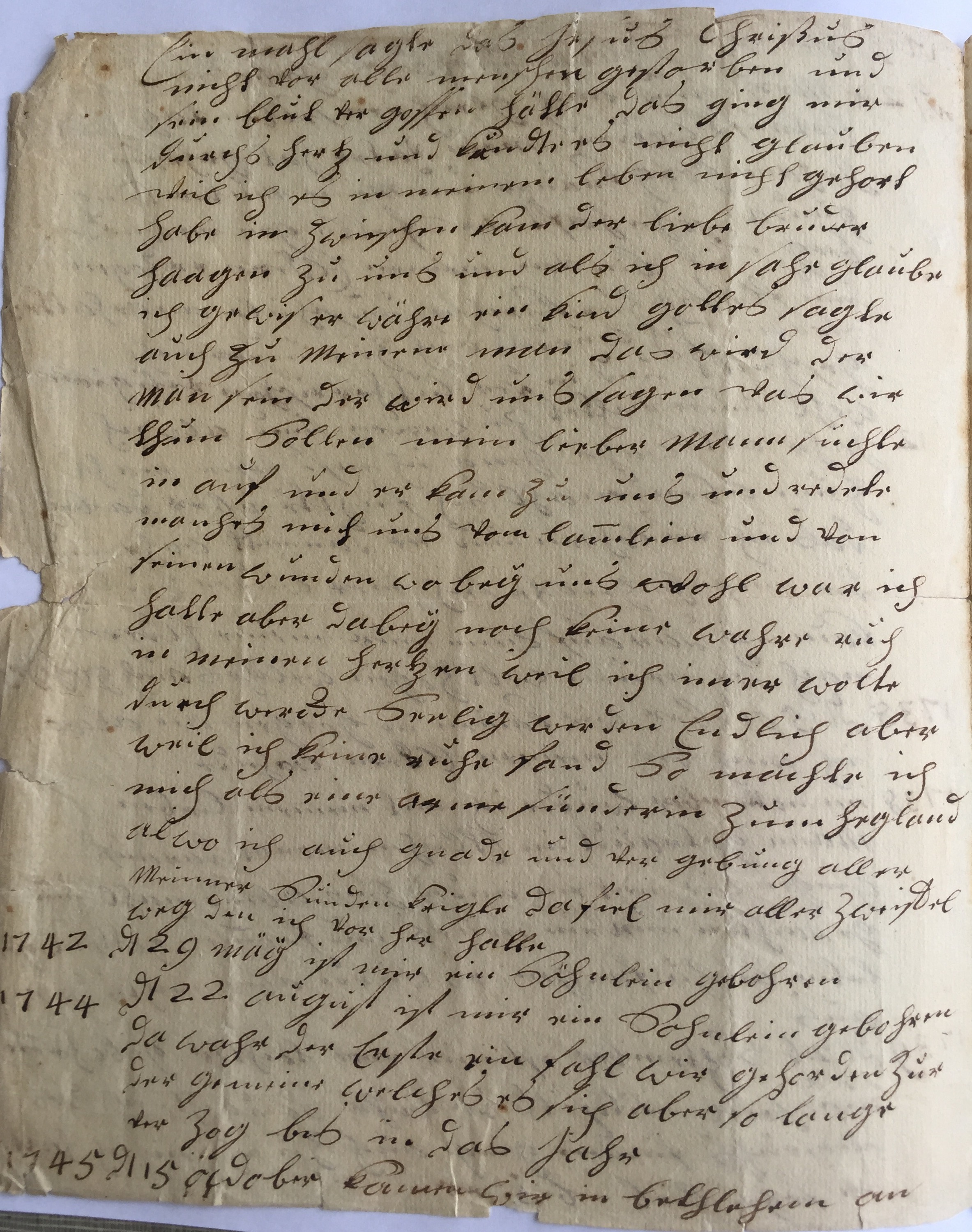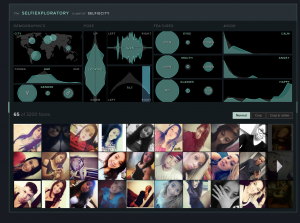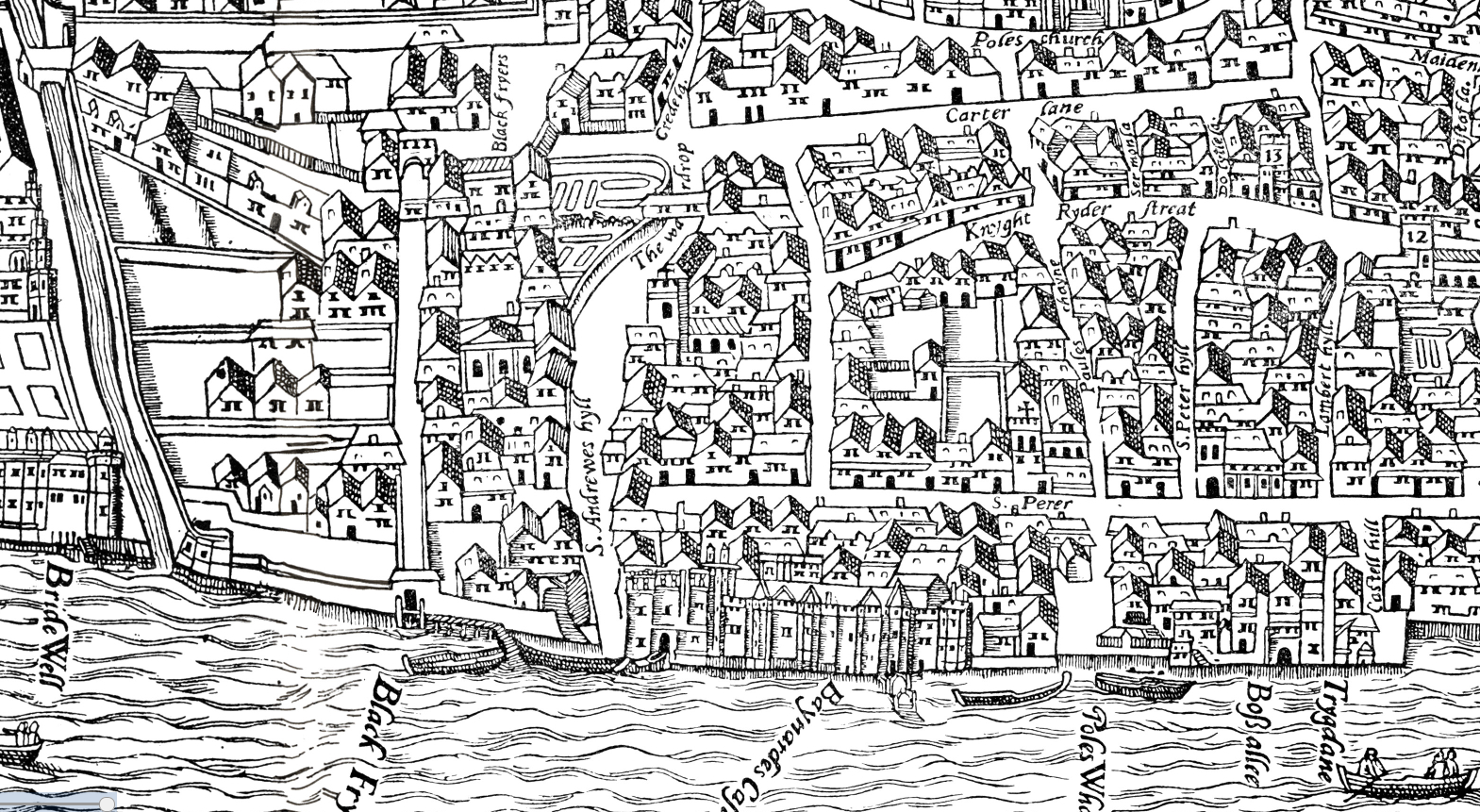In Esther Latrobe’s memoir, as the reader, we learn that Esther Latrobe was born at Bristol on June 7th, 1802 into a loving family of five brothers and two parents. As she grew up she battled many illnesses such as the measles. To add to Esther’s rough upbringing, her mother passed when Esther was eleven years old. She then spent a lot of time in a dear place, Tytherton. She still had battles with illnesses such as rheumatic fever, which often required the Lord’s spirits to restore her as her medical assistants could not. Because of this attachment with her saviour she put her heart into the Lord. She had a deep connection with her faith that developed from a young age into her adulthood. Esther Latrobe then gave birth to a boy which caused her to become very sick. The way she connected with the Lord made her fear of death simmer. She felt comfort with her loved ones by her side as she faded into life with the Lord, death. She died at the age of 28.
With the use of Voyant Tools I was able to, as Frank Moretti states “step back and look at the broad patterns that emerge” (Whitley 188). These tools allowed me to see the most frequent words as well as the trends in the text. These tools gave me new perspective on the memoir including a broad view on the answer to our research question. Our research question was how did Esther Latrobe’s relationship with God affect her lifestyle, and help her recover from such illnesses and hardships. Seeing the frequency of the word “Lord” and “spirits” helped draw conclusions on how big an influence these had during this medical crisis of her life. Although it didn’t draw in specifically on how the Lord and spirits impacted her life as that would require a closer reading of her memoir, it was mentioned enough for the reader to realize that it played a big role.

With the ability of Voyant Tools I was able to see that the most frequent words were “lord”, “oh”, “dear”, “god” and “heart” (which is tied with “let” and “said”) respectively. Being able to see this showed what had the biggest influence in Esther’s life as she had the most to say about it. Even better, the context on Voyant Tools allows you to see to the left and right of the word which allows you to see the context of the Lord in Esther’s life. Being able to see every single occurrence of the word allows you to see much more than the human eye could pick up on. Also the list allows you to compare each occurrence of the word on a visual chart in a very efficient matter that the human could not do alone.
Using the available tools in Voyant Tools helps “identify the patterns of meaning in large and potentially unwieldy texts” (Whitley 198). Word clouds allow you to “spatially read a large body of text involving an interesting back-and-forth between close and distant reading” (Whitley 200). Having these tools helped draw large conclusions about the text which mainly relate back to her beliefs about Lord. Along with Tippett’s memoir, the Lord impacted the lives of many of this time period which shows how important religion was. “Lord” and “Saviour” were frequently used in both memoirs. Using visual tools such as bubblelines, wordcloud, cirrus, bubbles, and frequency grids provides visualizations about the text without reading the entire text. Being able to draw conclusions helps analyze not only Esther’s memoir but also all Moravian memoirs and that time period as a whole.


Carly Pavoni is from Fairfield, CT. She is a freshman at Bucknell University that is undeclared in the arts and sciences school. She is on the track and field team at Bucknell University.



